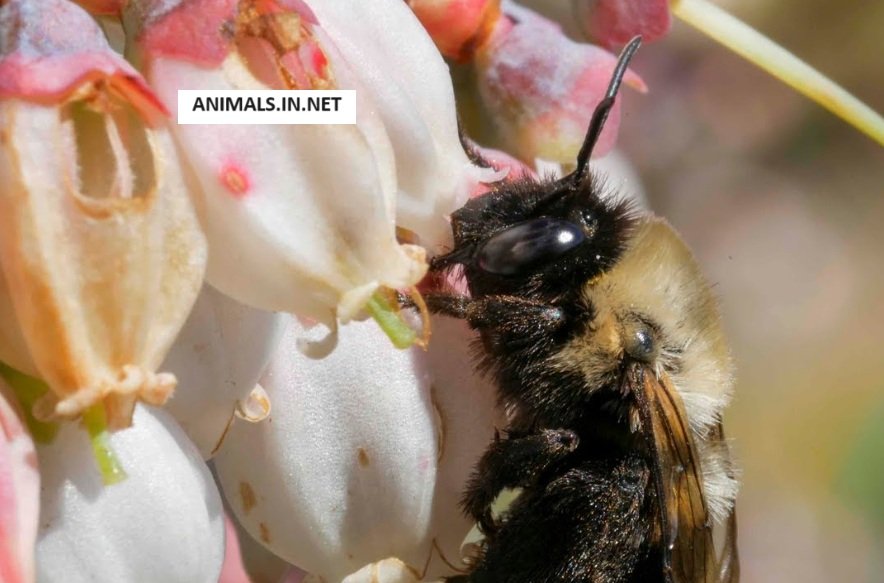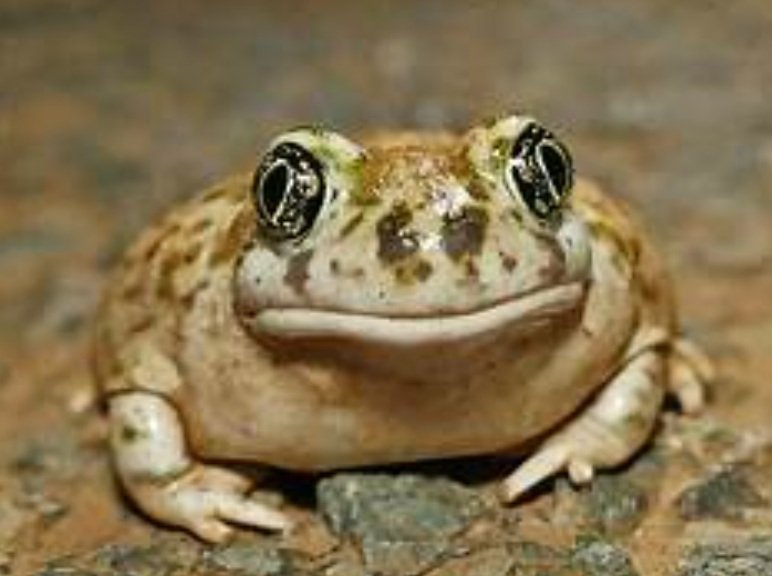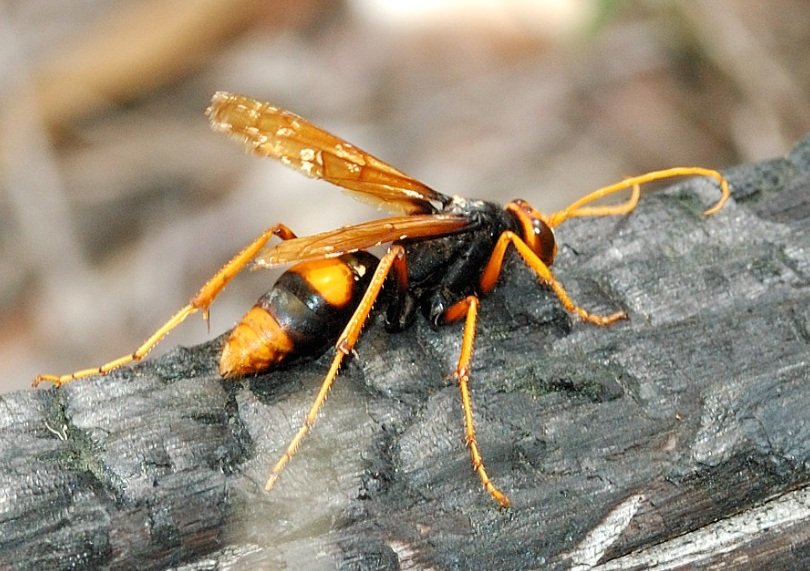
Black bass fish are a popular species in freshwater fishing
Black bass, or Micropterus salmoides, is a species of freshwater fish belonging to the sunfish family. It is native to North America and widely distributed across the continent. Black bass are sought after by anglers due to their fierce fighting ability and aggressive nature.
Intriguing facts about black bass fish
Black bass fish are amazing animals because of their unusual look, varied nutrition, and intriguing spawning habits. They are highly prized for their sport fishing abilities and provide fishermen with a fascinating challenge. It is our responsibility as ethical fishermen to preserve their environments and support their conservation initiatives in order to guarantee the long-term viability of black bass fish populations.
The preferred habitat of black bass fish
These species are often found in lakes, rivers, and reservoirs, which are clear, warm bodies of water. Because they can conceal and exploit weed beds, rocky structures, and submerged logs as ambush locations to prey on smaller fish and crustaceans, they prefer areas with a lot of vegetation.
Appearance of black bass fish, including its size, shape, and coloration
Black bass have a distinctive appearance, with a lighter colour on their bellies and a dark green to blackish colour on their backs and flanks. Their streamlined bodies let them move swiftly across the water. They can easily seize and consume their prey because of their large, keen jaws.
Factors that affect the growth of black bass fish
The size of black bass varies from medium to average based on habitat and food supply. They might grow up to be two feet long and weigh around 10 pounds. However, larger individuals have been documented, with weights exceeding 20 pounds and lengths exceeding 2.5 feet.
Reproductive and mating behavior of black bass fish
Black bass are noted for their aggressive feeding habits, especially during the mating season. Usually along the shore, they construct their nests in shallow water, where the male guards the eggs until they hatch and the female deposits them. During this period, black bass go into territorial mode and will fight fiercely to keep outsiders away from their nests.
Black bass fish: Excellent for recreational fishing
Black bass play an important ecological role in their habitats. By helping to control the numbers of smaller fish and invertebrates, they support the overall balance of the aquatic food chain. Additionally, they serve as indicators of the water’s quality since their presence or absence may provide details about the condition of the environment in which they reside.
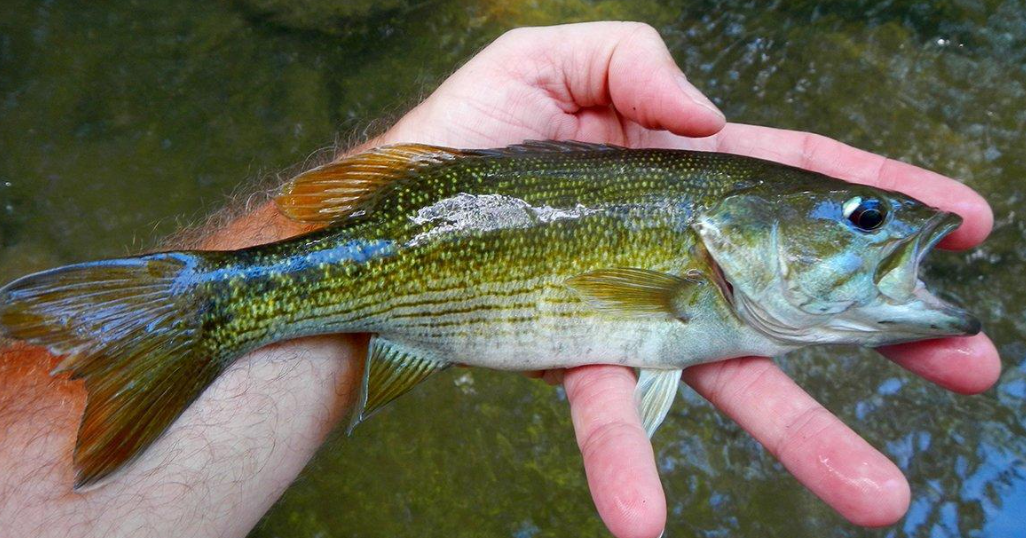
Strategies for catching trophy-sized black bass
It is notable that black bass fishing is a popular pastime across the world, as seen by the many competitions and championships held in this sport each year. Anglers use a range of strategies and lures, including plastic worms, crankbaits, and topwater baits, to entice and catch these fish. Catch and release techniques are often encouraged in order to preserve the sustainability of black bass populations for the pleasure of future generations.
Fascinating facts about black bass fish
Micropterus salmoides, also known as black bass fish, is a species that is well-liked by fishermen and fishing aficionados. Originating in North America, its exceptional sport fishing abilities have led to their introduction to many regions of the globe. The following are some fascinating facts regarding black bass fish:
Distinguishing features such as the dark lateral stripe and the large mouth
With a lighter hue on their belly and a dark green or blackish upper body, black bass fish have a distinctive look. One of its distinguishing qualities is its wide mouth and sleek body structure. Black bass fish may reach up to two feet in length and weigh five to ten pounds on average. Some people have, nonetheless, been known to grow significantly bigger.
Adaptation of black bass fish in various environments
Lakes, rivers, and ponds are the main freshwater habitats for black bass fish. They love rocky locations, submerged things like fallen trees, and clear or somewhat murky water with plenty of plants. They may find shelter and places to ambush in these areas to feed on smaller fish and insects. Being a very territorial species, black bass fish like to congregate around their favourite hiding places.
The types of prey that black bass fish commonly consume
Black bass fish have a varied diet and are opportunistic predators. Their main food source is smaller fish, such as sunfish, shad, and minnows. If given the chance, they have also been known to eat tiny rodents, frogs, insects, and crayfish. As ambush predators, black bass fish wait patiently for their prey to approach them before making a swift and forceful assault.
Black bass fish spawning habits and mating rituals
The spawning behaviour of black bass fish is distinct and occurs in the spring. In shallow water, the male fish clean foliage and debris to make their nests. After the female fish lays her eggs in these nests, the male fish watches over and looks after them until they hatch. The male fish stay to guard the fry until they are big enough to go out on their own after the eggs hatch.
Different species of black bass and their importance
Black bass fish come in a variety of species, each having distinctive qualities of its own. The most popular species include:
Micropterus salmoides, often known as the largemouth bass, is the most common and extensively dispersed species of black bass fish. It is renowned for acting aggressively and having a big tongue.
Despite being smaller than largemouth bass, smallmouth bass (Micropterus dolomieu) are highly valued for their ability to battle and do acrobatic leaps.
Spotted bass (Micropterus punctulatus): Despite having a body pattern different from a largemouth bass’s, spotted bass have a comparable look to the latter.
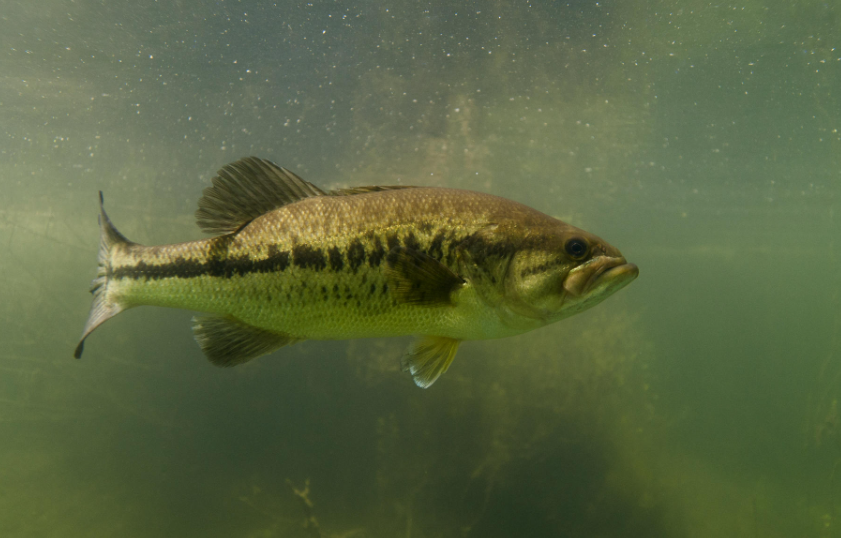
The importance of sustainable fishing and conservation of black bass fish populations
There is no danger to the existence of the black bass fish. To safeguard sustainable fishing methods and preserve their ecosystems, conservation initiatives are implemented. To protect the stock of black bass fish for future generations, anglers must support conservation organisations, practice catch and release fishing, and abide by fishing rules.
